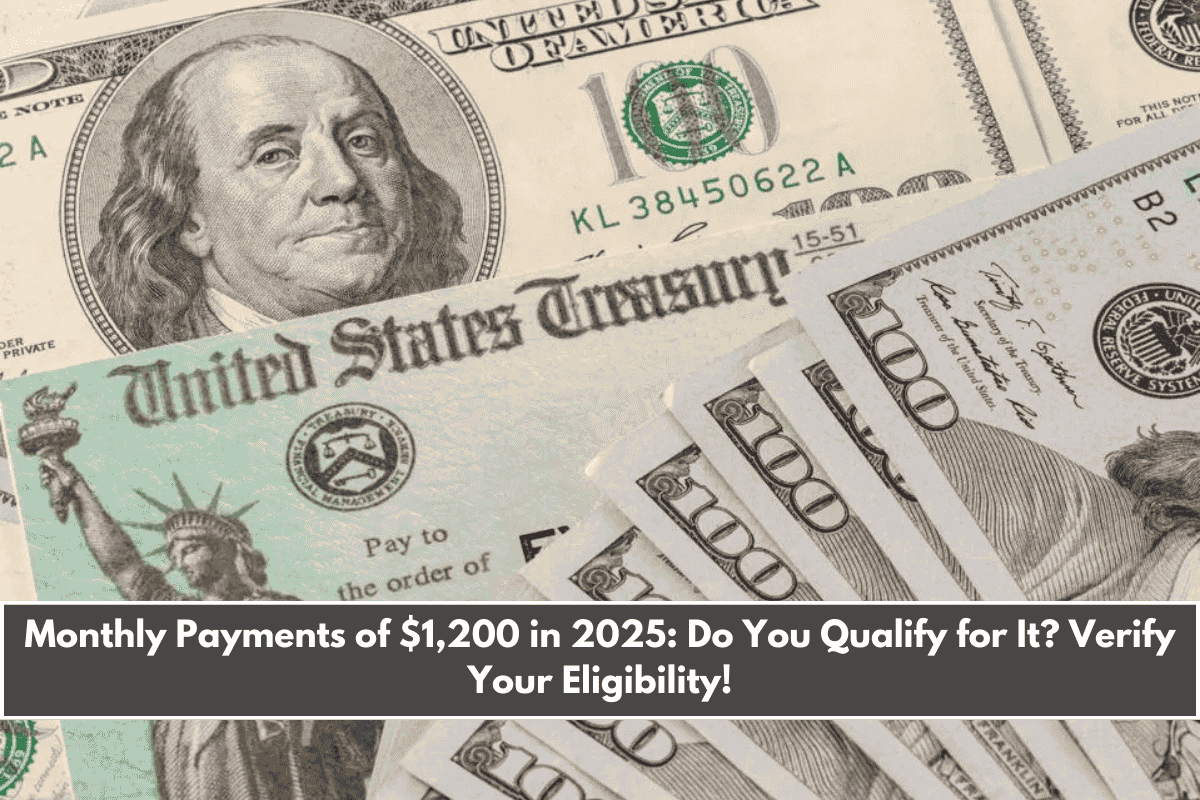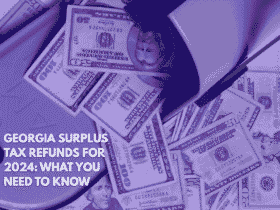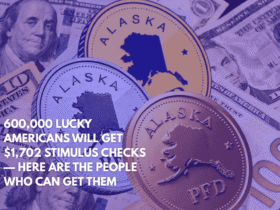As we enter 2025, many people are hearing about $1,200 monthly payments that could provide financial relief. But what exactly are these payments, how do you qualify, and what programs are offering them? This guide will break down the most important details about financial assistance in 2025, including how to access programs that could provide you with support.
What Are the $1,200 Monthly Payments?
While $1,200 monthly payments are not universally available, there are several financial assistance programs that offer similar support. These payments could come from different sources like Social Security, Universal Credit, and the Recovery Rebate Credit. Let’s explore these programs and how you can qualify for them.
Key Details of Financial Assistance Programs Offering $1,200 Payments
| Key Point | Detail |
|---|---|
| Amount of Payment | Up to $1,200 monthly in some programs |
| Programs Offering Payments | Social Security, Universal Credit, Economic Impact Payments, Recovery Rebate Credit |
| Eligibility | Varies by program; based on income, age, or financial need |
| Important Dates | Recovery Rebate payments: Ongoing; Social Security increase in January 2025 |
| Resources for More Info | IRS Website, Social Security Administration, UK Help to Save Scheme |
Though $1,200 monthly payments aren’t sent to everyone, various programs can provide valuable financial support, especially for those who qualify based on income, age, or financial need. By checking eligibility and following the steps, you can determine which programs offer financial assistance in 2025.
Overview of Financial Assistance Programs
Several government programs in the U.S. and the UK can provide significant relief that might lead to monthly payments of $1,200, although the specifics vary. Below are the most common financial assistance programs.
1. Social Security Payments (U.S.)
For seniors and people with disabilities, Social Security remains one of the most important sources of financial assistance.
Monthly Payment Estimate: In 2025, the average Social Security payment is expected to be around $1,800 for retirees. However, the amount can vary based on your work history.
Eligibility: To claim Social Security retirement benefits, you must be at least 62 years old. The amount you receive is based on how much you contributed to the Social Security system during your working years.
For more information, visit the Social Security Administration website.
2. Universal Credit (UK)
In the UK, Universal Credit provides financial assistance to low-income individuals and families, including those who are unemployed.
Additionally, the “Help to Save” program allows eligible individuals to earn up to £1,200 over four years based on their savings.
Monthly Payment Estimate: Depending on your financial situation, the payment could reach up to £1,200 over four years.
Eligibility: To qualify, you must be on Universal Credit and meet certain income and savings requirements.
For more details, visit the UK Government Universal Credit page.
3. Economic Impact Payments (EIP) and Recovery Rebate Credit (U.S.)
During the COVID-19 pandemic, the U.S. government issued stimulus checks as Economic Impact Payments (EIP). In addition, the Recovery Rebate Credit allows you to claim any missing stimulus funds when filing your tax return for 2021.
Payment Details: These payments ranged from $1,200 to $1,400, depending on your income and household size.
Eligibility: The payments were available to individuals earning under certain thresholds (e.g., $75,000 for single filers).
For more information, visit the IRS website.
4. Child Tax Credit (U.S.)
The Child Tax Credit (CTC) was expanded in 2021, offering families up to $3,600 per child under 6 years old, and $3,000 per child ages 6 to 17. Though the temporary monthly payments were halted, this credit is being discussed for future expansion.
Eligibility: The CTC is available to families with children under 18 and is based on income and number of children in the household.
For more information, visit the IRS Child Tax Credit page.
5. Supplemental Nutrition Assistance Program (SNAP) (U.S.)
SNAP provides food assistance to low-income individuals and families. While SNAP doesn’t offer $1,200 monthly payments, it significantly reduces monthly expenses by covering food costs.
Eligibility: SNAP benefits are available to individuals or families with low income, and eligibility depends on income, household size, and expenses.
For more details, visit the SNAP website.
How to Check Eligibility for $1,200 Monthly Payments
Determining if you qualify for financial assistance in 2025 can be tricky, but following these steps will help:
Step 1: Check Social Security Eligibility
To apply for Social Security benefits, you must meet the following criteria:
- Be at least 62 years old to start collecting retirement benefits.
- Have a work history that contributed to Social Security.
Estimate your benefits and check eligibility on the Social Security Administration website.
Step 2: Apply for Universal Credit (UK)
To access Universal Credit and potentially qualify for the “Help to Save” program, follow these steps:
- Review your income to ensure it meets the eligibility requirements.
- Sign up on the official Universal Credit website.
Step 3: File Your Tax Return for the Recovery Rebate Credit
If you missed your Economic Impact Payments or didn’t get the full Recovery Rebate Credit, file your 2021 tax return. Here’s how:
- Review your tax status and determine if you qualify for any missed payments.
- Claim the Recovery Rebate Credit when filing your tax return via the IRS.











Leave a Reply